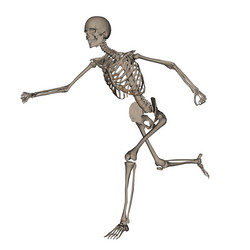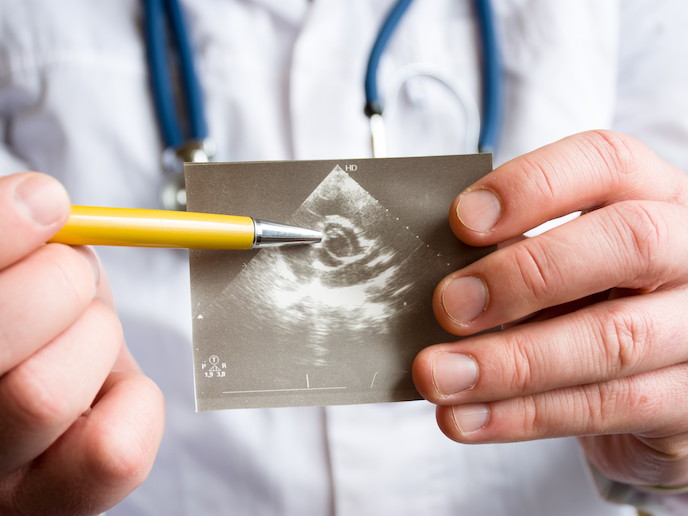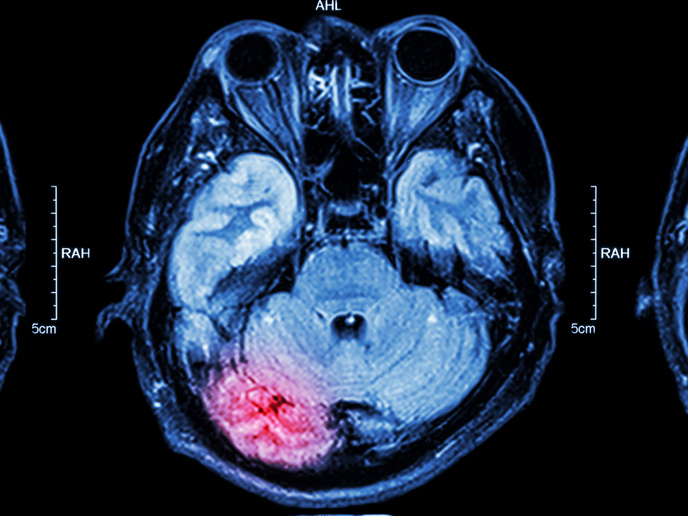Modelling bone remodelling
The human skeleton is a complex, hierarchical system in which changes manifest themselves spatially from the cell up to the body level and over time. This multi-scale nature of bone remodelling requires a modelling approach able to capture multiple processes taking place at different time and space scales. Such a mathematical description is essential not only to understand the adaptive nature of bones, but also to build models and support the design of bone implants or help in disease diagnosis. To this end, EU-funded scientists explored a new tool for quantifying deformation across cell and tissue levels. Within the project MAMBO (Methodologically accurate modelling of bone: New experimental methods for the validation of cortical bone tissue computer models), scientists prepared bone samples from animal tissues. 3D images of these samples were collected during a stepwise loading process and digital volume correlation (DVC) used to track local displacements and deformation. One of the many benefits of DVC was the possibility to rely on high-resolution micro-computed tomography scans to obtain the full-field 3D displacement vector. Afterwards, the displacement fields were differentiated by means of numerical differentiation to produce strain maps. Three different strategies were tested for this purpose: two local approaches based on direct correlation and on fast Fourier transforms, and a global approach based on the Sheffield image registration toolkit (ShIRT) integrated to a finite element solver. Both average errors and errors affecting individual components of displacements and strains were calculated in function of registration parameters. The new global approach based on ShIRT, offered more accurate calculations of strains for cortical and trabecular bone tissue. This algorithm is currently recognised as the most reliable method, amongst those reported in the literature. Deformations are accurately computed, but a typical spatial resolution of about 500 μm may not always be sufficient. The MAMBO project has, therefore, defined a framework of validation experiments for testing new computational models of bone at the tissue level. The method has been used to validate computational models for trabecular bone by using two independent stepwise testing protocols within the same microCT scanner. The results reported excellent correlations between displacements measured with the DVC approach and the ones predicted by specimen specific microCT based finite element models. This is an important step towards the validation of computational models that can be used to study bone remodelling, bone tissue strength and bone fracture behaviour.







